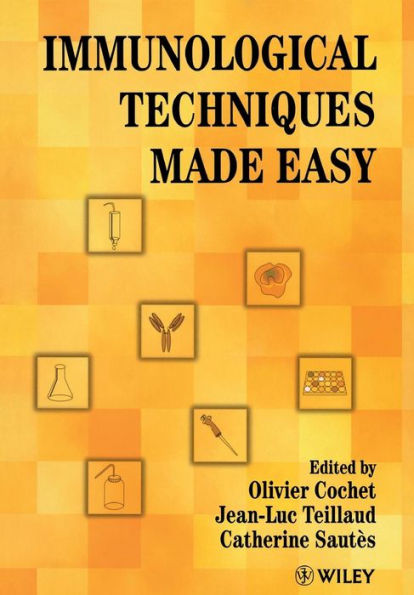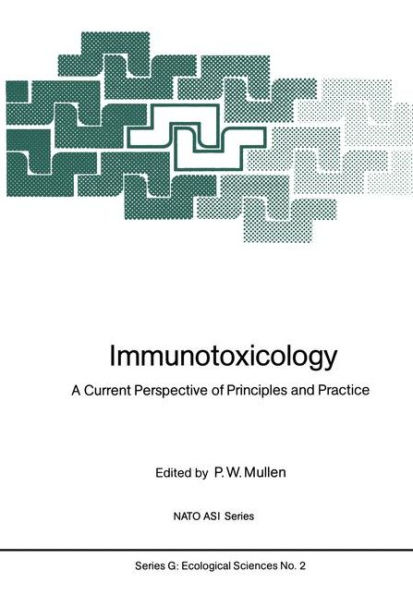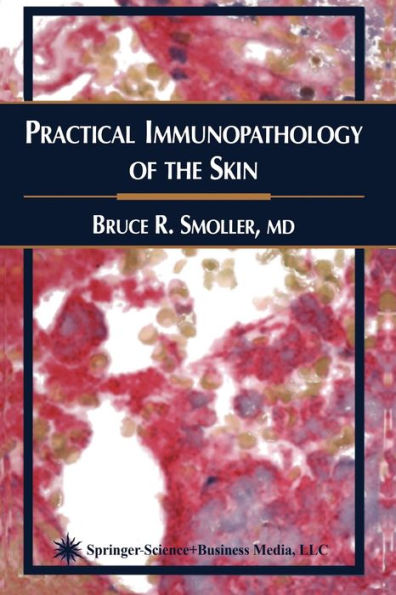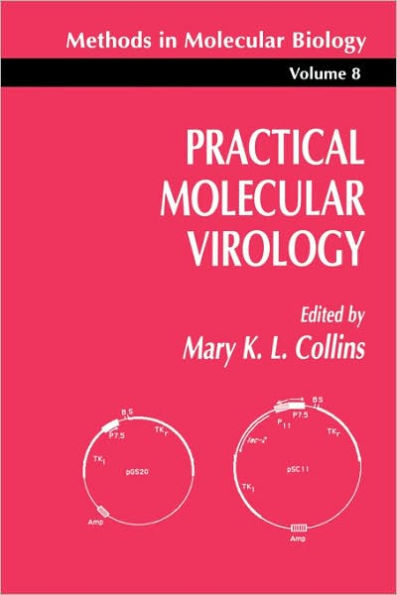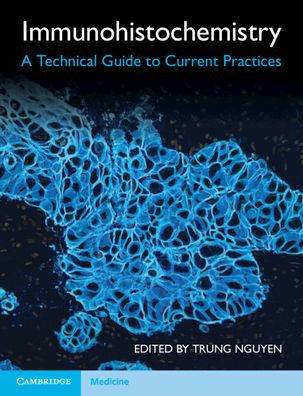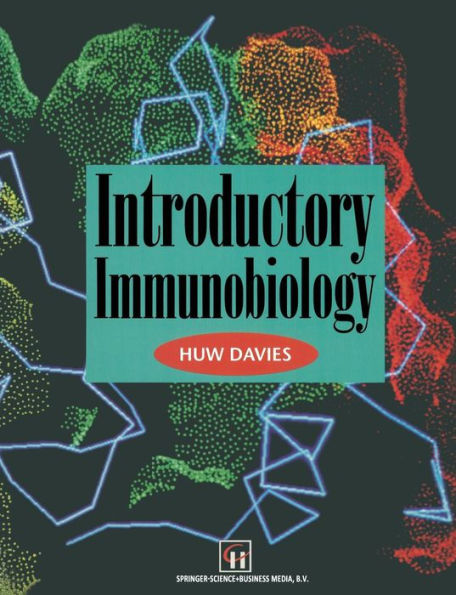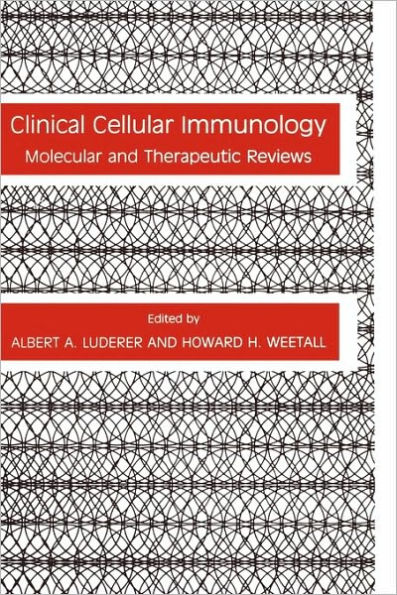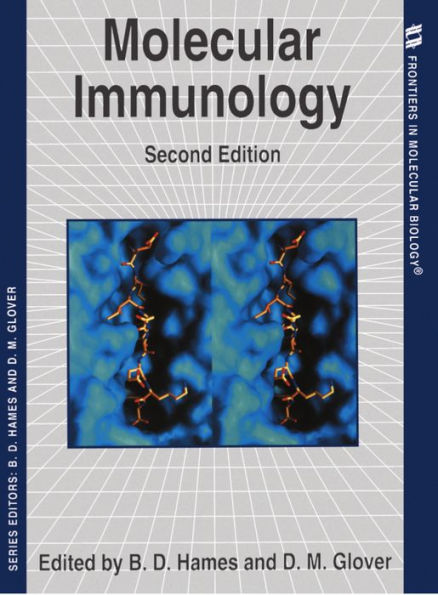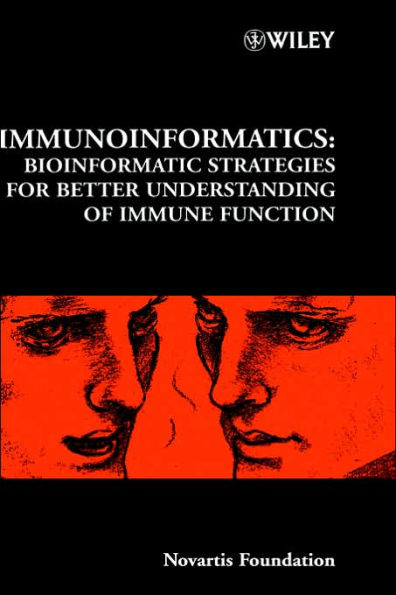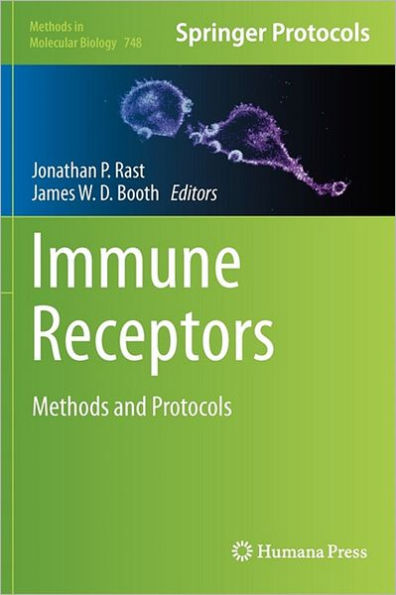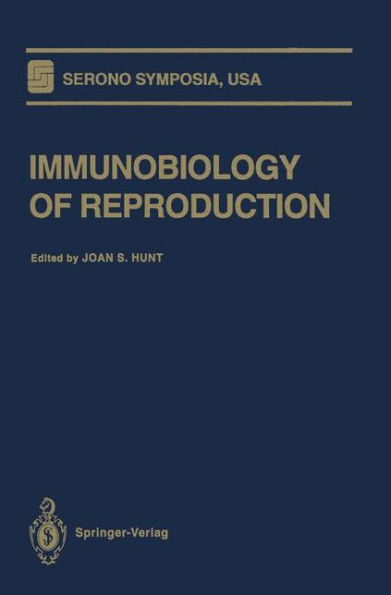Home
Immunocytochemistry: A Practical Guide for Biomedical Research / Edition 1


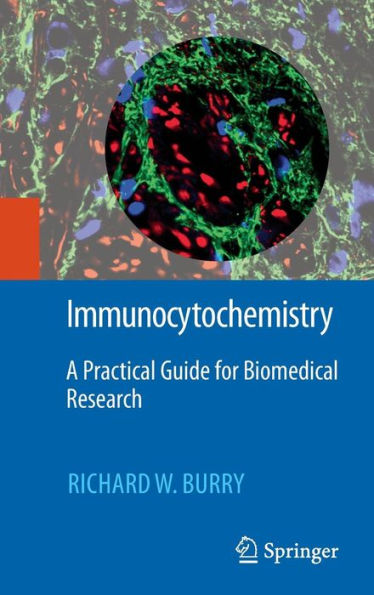
Immunocytochemistry: A Practical Guide for Biomedical Research / Edition 1
Current price: $54.99
Loading Inventory...
Size: OS
In biomedical research, because of a dramatic increase in productivity, immunocyhemistry has emerged as a major technique. The proposed book will provide the first practical guide to planning, performing, and evaluating immunocyhemical experiments.
In today’s graduate education the emphasis is on doing research and not on formal class work. Graduate students therefore lack the background in many essential techniques necessary to perform research in fields in which they were not trained. As director of a university core microscopy facility which sees students and faculty from dozens of laboratories each year, Dr. Burry has surmised the vast majority of these novice microscope users need considerable help. In an attempt to educate users, Dr. Burry has initiated immunocyhemistry seminars and workshops which serve to train people in this powerful research tool. The proposed book is an outgrowth of these presentations and conversations with, by now, hundreds of people who have asked for help.
The philosophy which separates this book from other books in this field is that it is practical, rather than academic. In looking at other important immunocyhemistry titles, the predominant orientation is academic, with the author attempting to comprehensively discuss the topic. For example, one book with sample preparation lists ten fixatives which can be used; however, only two such fixatives are commonly used today. In this particular title, the detailed discussion of old methods might be seen as important in establishing the author as an expert. By contrast, the approach for Burry’s book would be to discuss methods based on what works in animal research laboratories today, and focus only on the most productive methods.
An additional distinction with this proposed book is the focus on animal research and not human pathology. There is a certification program for pathology technicians which requires them to learn a set body of material based on processing human tissue for examination by a pathologist. Many of the books on immunocyhemistry aim at this large pathology user base. Due to historical reasons, pathology laboratories process human tissues in a specific way and embed the tissue in paraffin, as has been done for over a century. In the last ten years, the power of immunocyhemistry in clinical diagnosis has become clear and has accordingly been adapted to pathology. However, the extensive processing needed for paraffin sections is not needed if the tissues are from research animals. Processing for animal-based tissues takes about a third of the time and results in higher quality images. The focus of this book is on processing these animal research tissues for immunocyhemistry. Today, there are no technique books which are aimed at this user base.
As a subject matter expert in the area of the proposed book, Dr. Burry will make recommendations and offer opinions. Because this field is new and is emerging, there are numerous advantages of specific methods over other, more generalized methods. The purpose of this book is to show a novice how to do immunocyhemistry without engaging in a discussion of possible advanced methods. For the advanced user, there are several good books which discuss the unusual methods, yet for the novice there are currently none.
Main Author :
Richard W. Burry, The Ohio State University (United States).
The Outline of the Book :
Each chapter supplies a set of important principals and steps necessary for good immunocyhemistry. The information is distilled down to include only the most important points and does not attempt to cover infrequently used procedures or reagents. At the end of most chapters is a section on trouble-shooting many of the common problems using the Sherlock Holmes method. Each chapter also includes specific prools which can be used. The goal of each chapter is to present the reader with enough information to successfully design experiments and solve many of the problems one may encounter. Using immunocyhemical prools without the understanding of their workings is not advised, as the user will need to evaluate his or her results to determine whether the results are reliable. Such evaluation is extremely important for users who need reliable images which will clearly answer important scientific questions.
1. Introduction
Definitions (immunocyhemistry and immunohishemistry)
Scope: animal research and not human pathology, paraffin sections, epitope retrieval, or immunohishemistry
Focus: fluorescence and enzyme detection
Why do immunocyhemistry?
Immunocyhemistry "individual study" rather than "population study"
Example of a two-label experiment
What is included in these chapters?
Overview of the theory
Background with enough information to help solve common problems.
Advantages and disadvantages of different options
Opinions and suggestions
2. Fixation and Sectioning
Chemistry of fixation
Denaturing vs cross-linking fixatives
Application of fixative
Perfusion, drop-in, cultures, fresh-frozen
Selection of sample section type
Sectioning tissue
Rapid freezing, cryostat, freezing microtome, vibratome
Storage of tissue
Prools
3. Antibodies
Introduction
Isoforms, structure, reactivity
Generation
Polyclonal vs monoclonal
Antibodies as reagents
Antibody specificity and sources
Storage and handling
4. Labels for antibodies
Fluorescence, enzymes and particulates
Fluorescence theory
Fluorescent labels - four generations
Enzymes theory
Selecting enzymes vs. fluorescence
Selecting a label- advantages and disadvantages
5. Methods of applying antibodies
Direct method
Indirect method
Antibody amplification methods
ABC
TSA
6. Blocking and Permeability
Theory of blocking
Theory of detergents
7. Procedure- Single primary antibody
Planning steps
Sample, fixation, sectioning
Vehicle
Antibody dilutions
Controls
8. Multiple primary antibodies - primary antibodies of different species
Procedure
9. Multiple primary antibodies-primary antibodies of same species
Block-between
Zenon
HRP-chromogen development
High-titer incubations
10. Microscopy
Wide-field fluorescence microscope
Confocal microscope
Bright field—enzyme chromogen
Choice
Problems
11. Images
Size, intensity, and pixels
Manipulation—what is ethical?
Manuscript Figures
11. Planning and Troubleshooting
Scheme for discussion-making in planning experiments
Case studies with Sherlock Holmes detective work
12. So you want to do electron microscopic ICC?
Criteria in decision-making
Summary of the two techniques

